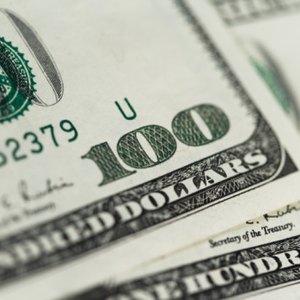
Exchange rate is the proportion at which one currency can be exchanged for another. We live in a free world and use goods and services produced in different currencies. Exchanges are needed to pay for the commodities we buy. Also, we use exchange rates when we travel to foreign countries. There are two types of exchange rates -- fixed and floating rates. Fixed exchange rates are those in which the country’s currency is matched with another single currency. Floating exchange rates allow currencies to fluctuate in the foreign exchange markets. There are two types of floating exchange rates -- fixed float and managed float.
Free Float
The free float exchange rate system is one that has no intervention from the government. The demand and supply forces interact and then the rate of exchange is determined. Under this mechanism, there is a high risk of volatility. One currency may appreciate or depreciate steeply, and the exchange rate is similarly affected. This mechanism is called the “free float” or the “clean float.”
Managed Float
This method is a variation on the free float mechanism. All countries have trade links with one another, and international currencies fluctuate daily. Many countries of the world use the float system to determine the rates of exchange. Here, the government and central banks of the country intervene and help to set the exchange rates. These authorities try to smooth out the fluctuations and volatility of the currencies. This system is called the “managed float” or the “dirty float.”
Balance of Payment Crisis
Floating exchange rates lessen the chances of a balance of payments crisis. In a balance of payments crisis, the value of a currency declines dramatically. The currency is no longer capable of purchasing the same amount of goods and services as it did before. A floating exchange rate ensures that such a drastic situation does not arise. Countries have central banks that try to control the rates of exchange, but often the central banks’ intervention is not much help. Market forces determine the exchange rates.
Monetary Deficits
Floating exchange rates help countries in correcting their monetary deficits. When a country has more outflows of currency than inflows, it is bound to face a deficit. The value of currencies of such nations will depreciate in relation to currencies of other nations. When such a country tries to export its goods, it is not able to command a fair price for them. When the country imports from other countries, it has to pay more in relation. A floating rate of exchange provides an automatic adjustment factor. The fluctuations in the exchange rates offset the country’s monetary imbalances.
References
- Lets Learn Finance: Types of Floating Exchange Rate System
- International Monetary Fund. "The End of The Bretton Woods System (1972–81)." Accessed Oct. 5, 2020.
- Federal Reserve History. "Creation of the Bretton Woods System." Accessed Oct. 5, 2020.
- International Monetary Fund. "Cooperation and Reconstruction (1944–71)." Accessed Oct. 5, 2020.
Writer Bio
Priyanka Jain holds a Master of Business Administration in communication and management from the Mudra Institute of Communications, Ahmadabad, India. She has been writing professionally for more than eight years. She writes for vWorker and various other websites. Jain specializes in articles in the fields of management and finance.

